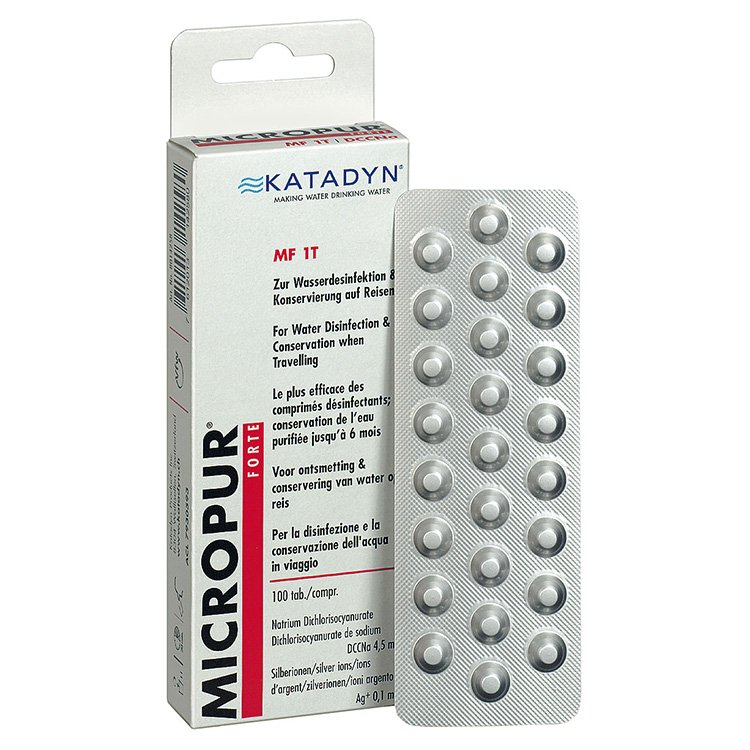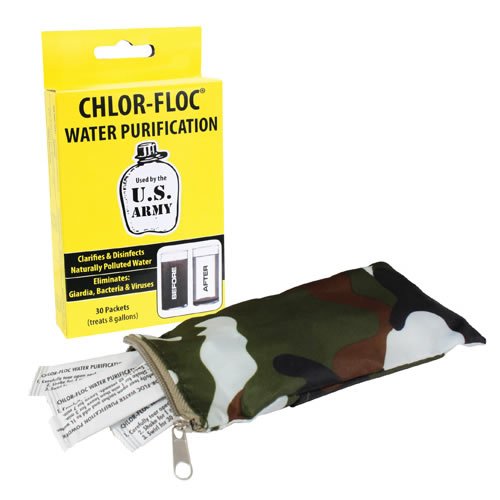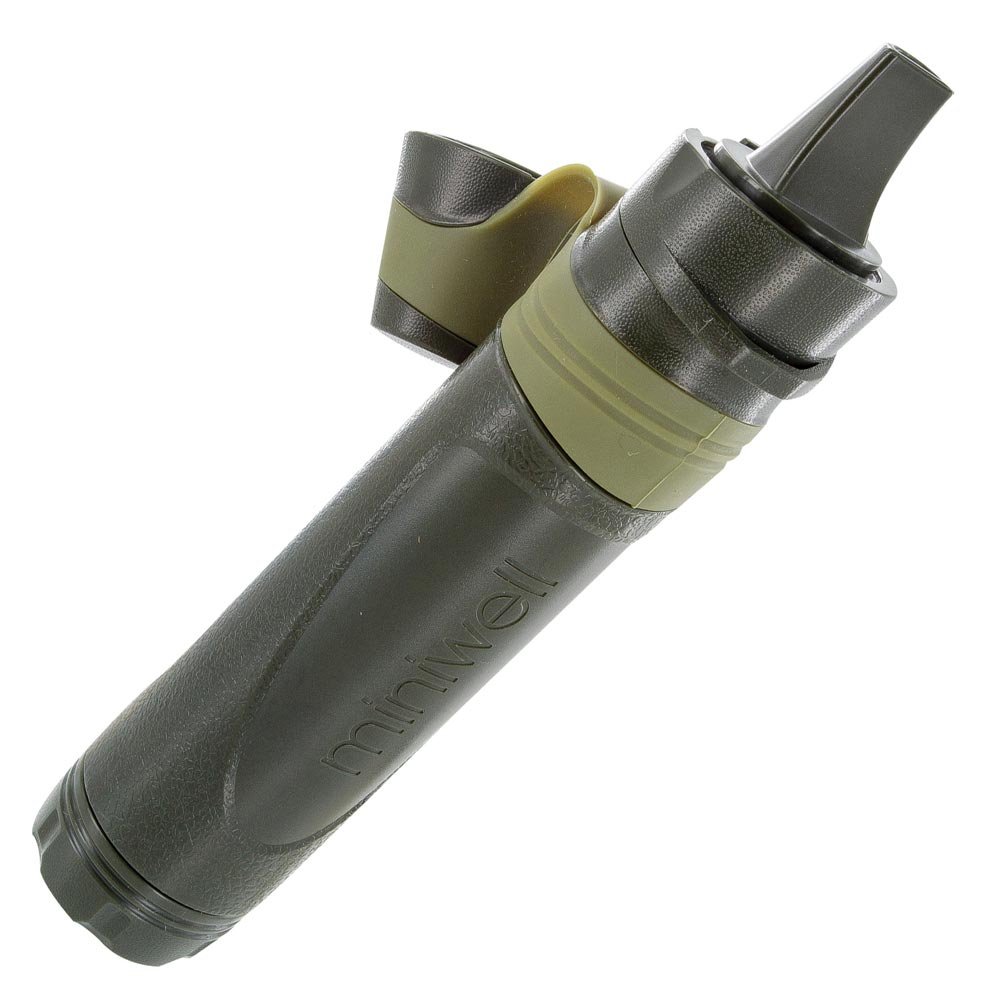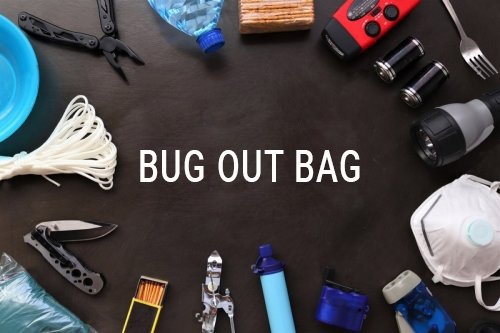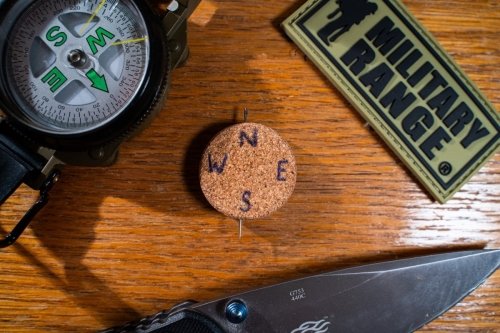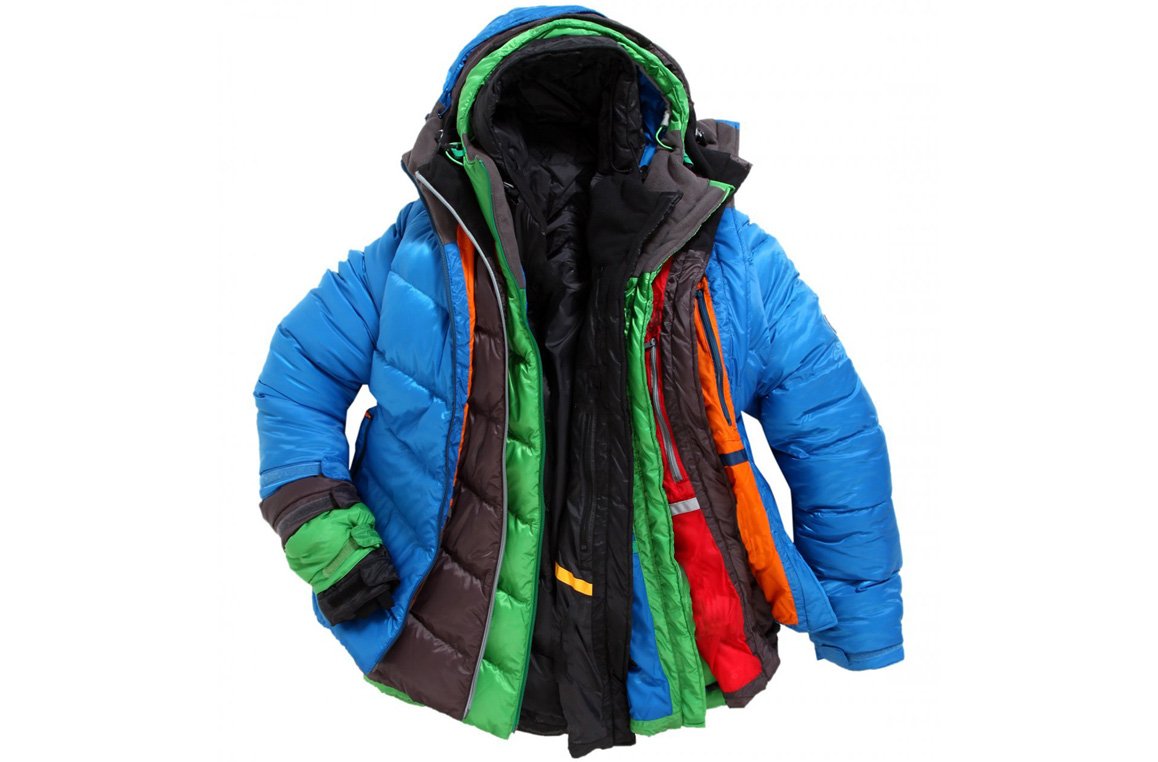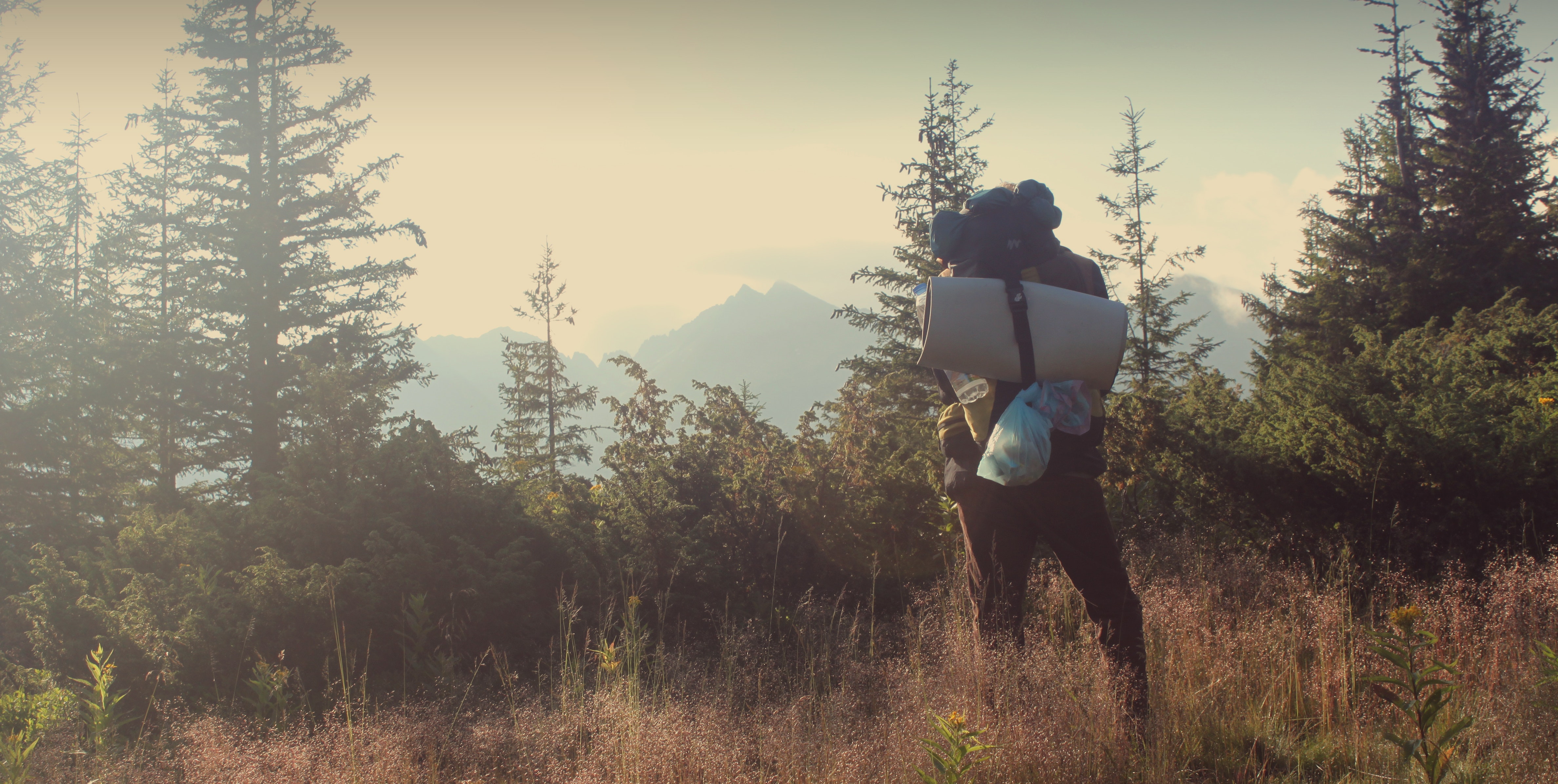Search term must have more than 2 characters.
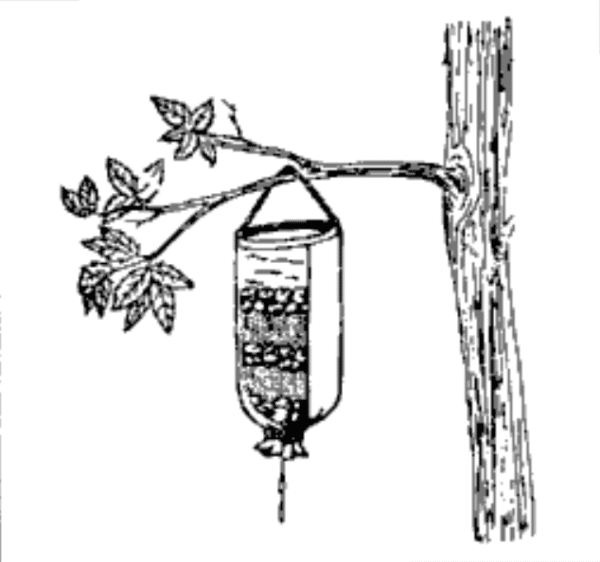
For most of us living in the developed world, getting drinking water is a question of a moment, or just turning a tap on. However, away from home, away from civilisation, obtaining a safe source of drinking water can be a matter of life and death. And it may not be easy either...
For most of us living in the developed world, getting drinking water is a question of a moment, or just turning a tap on. However, away from home, away from civilisation, obtaining a safe source of drinking water can be a matter of life and death. And it may not be easy either.
You may have taken a trip abroad into the wild, you have enough equipment, but you have underestimated the amount of water you need or have relied on its normal availability. Or you simply travel to the less developed part of our planet and somebody has warned you against drinking from the local supply lines. Or there was an apocalypse (or somebody contaminated the local water source) and clean water is scarcely available.
What to do in such situation?
The solution for each of these scenarios is absolutely individual and it depends on who you are, what options you have, or how much water you actually need, etc.
There are a lot of possibilities to clean and filter the water, and unfortunately the terminology around it is certainly not standardised.
So, let us look at basic procedures, look at what can be caused by drinking untreated water and, we will have some theory indeed.
Risk and consequences of drinking contaminated water
There is a very large number of bacteria and parasites that can get into the water that, when drunk by humans, may cause illness (even fatal).
How do these diseases reach the water source? Both in the wild and inhabited areas, they are often transmitted both by animals and people (and their waste) who fish, live, bathe and secrete in the area. When they die, their remains may remain in lakes and rivers.
A frequent problem is the various parasites which can cause various problems, such as convulsions and the worst thing if you are in the wild without water, diarrhoea.
Other common diseases in water all around the world include, for example, dysentery, cholera, and a whole range of worms, bacteria, and viruses. Most of the common symptoms of these diseases have a common denominator: internal problems. If you are already dehydrated, diarrhoea means a direct threat to life.
It is much better to treat water from uncertain sources in some way than to risk the disease. The only exception is if your life literally depends on hydration. Then drink. Doctors can get disease and parasites out of your body. Assuming you are not dead.
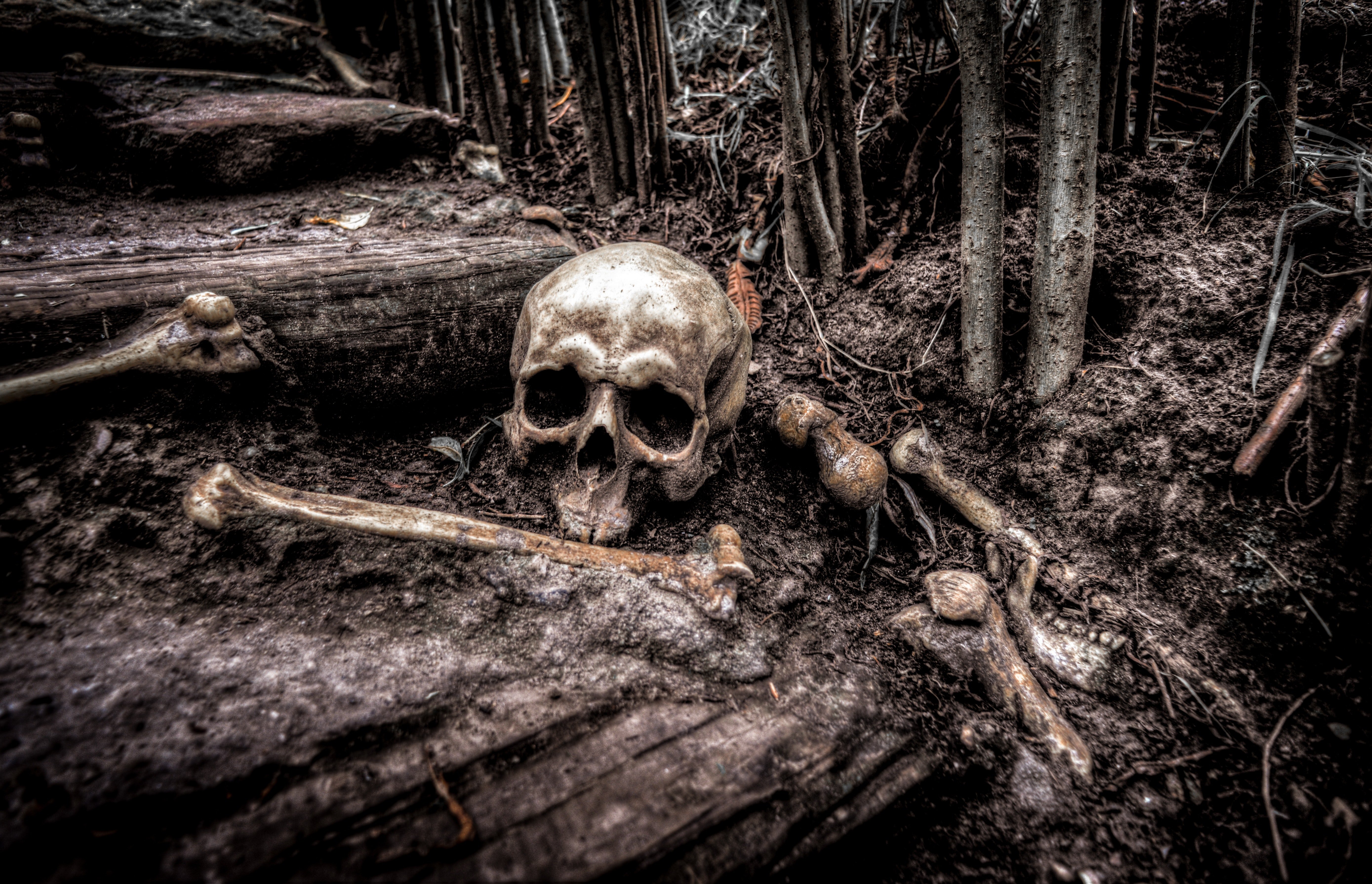
Is it necessary to purify all water?
In the wild, water collected from rain is usually safe, and so is the snow you dissolve (do not use the yellow one, of course). Water obtained by evaporation or collection from plants is usually safe, as well (provided that the plant is not toxic). If you get water in another way, whether it is a local stream or lake (running water is almost always a better choice), it should be filtered and purified, you never know what is hidden in the water or downstream that can hurt you.
In more densely populated areas, rainwater may not be safe either, as it may have passed an area contaminated with harmful substances. If you travel to less developed countries, try to avoid the local tap water, and drink bottled water, or still purify your water.
Purification and filtration
When it comes to searching for water, one should know the difference between filtration and purification. Although this sounds like an activity with a similar result, it is not the case.
Water filtration is the elimination of small physical particles and some bacteria by means of e.g., a substance or some type of sieve through which the water flows.
Water purification is a chemical or UV process of bacteria disposal and other hazardous agents. Chemicals (or heat) practically dispose of everything (or almost everything) bad in water, so it is safe for drinking.
Sometimes water needs both of these processes, sometimes it needs only one. However, it is vital to know the difference between these two processes. If, for example, you stay in Africa and you think you need filtration only, you can end up with a fatally unpleasant disease in your body. So, let us look at both approaches in detail.
Water filtration
The use of a water filter, especially a commercial and tested one (as opposed to a "do-it-yourself" filter), can remove some bacteria from the water. Certainly not all of them. Filters manage some types of bacteria and parasites, but they will not cope with viruses in water; they are simply too small to capture.
In general, you should find information about the local water and what filtration is needed in a specific country. It often happens that, if people get sick in the wild of a modern country, they blame the water, but in fact, the roadblock is poor hygiene (not washing hands, defecation near water resources, etc.).
Water filtration also ensures a better taste of water and its immediate drinkability, unlike chemical purification which will negatively affect the taste and may take hours to have the water safe for drinking.
Filters also remove dirt from water, such as earth or sand.
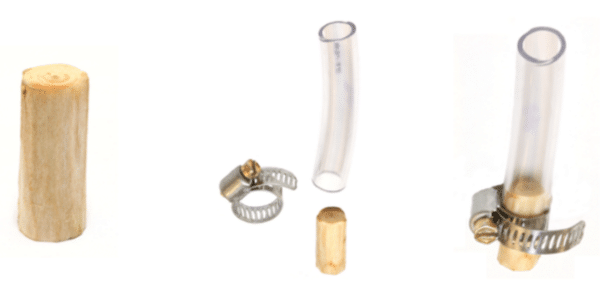
Water purification makes water safe through the deactivation of all harmful pathogens and viruses. However, it will not get rid of the polluting substances in water. Dirty water purified using chemicals is still dirty water and it will still be necessary to filter it (filtration before purification, if possible).
Water is cleaned primarily by boiling, chemical substances, or UV light. Water purification is particularly important in less developed countries where viral diseases are common.
Now, let us look at various filtration/purification methods.
DIY filters
In general, use these methods only if others are not available. Do not go camping hundreds of kilometres from civilisation with a plan to filter your water through rocks, sand, and clay. Even if you use these filters, we recommend using chemical purification to avoid unpleasant problems.
Wood and hose
One of the best "do-it-yourself" filters is a small system made from a piece of wood and a hose. If you use an outer layer (bare wood without bark) or a small green branch, you can eliminate up to 99% of all bacteria (but not viruses). Therefore, you will need a 4-5 cm long and 2.5-3 cm wide piece of wood to wrap in a piece of plastic tube. Then pour the water into the hose which is then filtered by the wood. If you use a branch for filtration, make sure that the water passes through the wood and that it does not flow on the sides into your filtered water container. If you do not have a tube, you will have to improvise by using, for example, a piece of cloth, cord, or plastic from a bottle. Make sure to pour the water in small amounts, if possible. Thus, you will be able to produce up to four litres of water per day, which should be enough for one adult man (if you do not waste, it should be sufficient for more people).
Material sandwich
Classical method of water filtration in the wild. The basis is the application of layers of filtration material, such as stone and sand, into the hollow piece of log or bag/sack, when the water passes each these filters through the smallest opening at the bottom of the equipment.
Start by applying a layer of fine material (sand, fine stones, cloth) and then apply coarse material (larger stones) onto it and, if you have any, add pieces of charcoal (e.g., from the evening fire). Repeat this procedure for several times. The result should look like a layered cake. This method eliminates most of the impurities and some of the larger bacteria, but not all of them.
Fabric/T-shirt
Although water filtration through a piece of fabric removes large impurities from water, such as earth and sand, it does not remove anything else. You should purify such water with chemicals, if possible.
Filtration using a container
If you have none of the previous options, pour the dirty water into the container and allow it to still for at least 12 hours. The sediment and dirt will sit down on the bottom and the clean water will be at the top. It is clear that this filtration does nothing about bacteria or viruses.
Commercial filters
Filtration straws
Filtration straws belong to the most common commercial articles you can have encountered in the last five years. The idea is that you can simply access the water source with the filtration straw and start drinking immediately, and the filters inside will manage everything for you. It is true that the majority of the straws available on the market are capable of destroying a large number of parasites and bacteria, but it is worse with viruses. The straws also usually have a carbon filter to cope with most odours and after-tastes. Definitely check the specification of every straw before buying.
The straws are usually slightly more expensive, but the resulting price per filtered litre is quite low compared to chemical cleaning agents.
Pumps/gravity filters
The name is a bit misleading because these filters often clean the water chemically. A lot of them contain ceramics that filter the bigger bacteria and silver that destroys the viruses. The pumps work very quickly and can process large amounts of water in a short time but require a power supply.
Gravity filters are slower, but do not need batteries or human power. Like with every purchase, check the specifications of each particular pump. If mentioned in the specifications that the pump can also cope with viruses, you will be ready for almost any situation.
Please note that these devices usually require more space, so they will take more room in your rucksack/survival kit. The price of these filters is also slightly higher.
Cooking by boiling
Cooking is simply a good old conventional cleaning of water. One minute of boiling destroys everything bad in water, including viruses (at high altitudes, you should keep it boiling for three minutes). As far as the cooking container is concerned, go for glass or metal.
The disadvantage of water boiling is, of course, that you must have a fire, including fuel. This is a scarce commodity in some locations. Boiling also causes evaporation, as a result of which you will lose a little of your precious liquid, remember this.
Chemical substances (iodine, chlorine, bleaching agent)
There are two popular methods of chemical treatment of water using droplets of the reagent in water: iodine and chlorine. A bleaching agent is the third possibility of chemical cleaning, especially in densely populated areas.
Iodine: Use a 2% iodine solution. Add 4-5 drops in one litre, if the water is strongly contaminated, apply twice as much. Allow the water to rest for about 30 minutes. The iodine itself is sold in the form of small, excellently portable bottles and can also be used to clean minor incisions or excoriations. You should definitely have the Iodine at your disposal every time you go into the wild (not only on a trip).
Please note that you can smell iodine in water and in general, it should not be drunk by pregnant women and people allergic to shellfish.
There are also special iodine tablets which are intended specifically for water purification and are intended for all outdoor enthusiasts and preppers.
Chlorine: Chlorine is usually available in the form of tablets which you just throw in a certain amount of water. After a few hours, the water is clean, and you will be “safe”.
Disadvantages of chlorine include the above-mentioned waiting and a higher price per litre of purified water. On the other hand, chlorine completely (or almost completely) evaporates from water, so that the taste is not affected in any way. It also has almost unlimited durability.
Bleaching agent: In really urgent cases, a bleaching agent can be used to purify water. Most bleaching agents use a liquid form of chlorine - sodium hypochlorite. As we have mentioned above, chlorine is commonly used for water purification, so the use of a bleaching agent makes certain sense.
Bleaching agents usually contain 5-8 % of sodium hypochlorite (always check this information on the bleaching agent label) and do not use a water cleaning product if it has a higher percentage. Use only two drops per litre of water and let the water stand for 30 minutes before drinking.
UV/solar cleaning
Solar: Solar water disinfection depends on sun intensity (logistically). Believe it or not, if you have a clean bottle of water, leave it in direct light for 12 hours (24-48 hours when it is cloudy) and the UV rays will kill most bacteria and micro-organisms (not all of them). Some experts even say that you should always leave the bottle in the sun, just to be on the safe side. It depends on your situation and needs. Because this method is not 100% safe, use it only in emergency situations.
UV electronics: There are many devices that generate UV radiation that destroys bacteria and viruses. Some are battery-operated, others are “manually driven”. Note that these are not filtration devices, so larger dirt particles will not be removed from the water and some pathogens may remain there. Therefore, it is better to filter the water before UV purification. Like pumps, such electronics may be more demanding for the location.
Finalising: What to do in various situations?
Camping and tourism in modern countries: As we have already discussed, water in modern countries is almost always without strictly deadly viruses. Therefore, most commercial filtration systems (filter straws) should be sufficient.
Camping and tourism in third world countries: If you are already outside Europe and possibly North America, you will want to purify your water as much as you can. Get tablets, iodine and/or chemical purification filters.
Outdoor survival: If you get stuck somewhere outdoor for any reason, you will need to drink the local water to survive. If you have enough water and there is fuel for fire, make sure you boil everything. If you cannot sacrifice water by boiling or cannot start a fire, use the services of a material sandwich.
Remember that filtering improves the potability of water and removes impurities, while purification prevents the possibility of disease.
Finally, if your life depends on it, drink non-purified and unfiltered water. If you die of thirst, no doctor can help.
News
Bug out bag
In today's article, we will look at how to create an evacuation bag that will serve when you must leave your home unexpectedly, whether due to natural disasters or humanity. This luggage should help y
How to make a compass?
A compass is a valuable aid for every adventurer who likes to enjoy nature on their own. In addition, it is a basic instrument that makes it easy for the adventurer to find a journey home...
Basics of putting clothing on in layers in cold weather
It is getting cold outside and many of you are certainly planning a number of winter and autumn field trips. In today's short article, we will look at the basic system of three layers which should kee
How to choose a sleeping bag?
A properly chosen sleeping bag can make the difference whether you spend most nights beneath the stars in a pleasant, warm comfort, or in unpleasant cold. To make the choice a little easier, we have w



